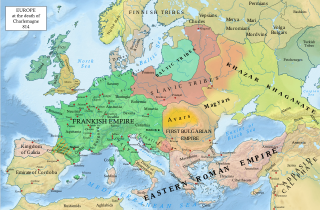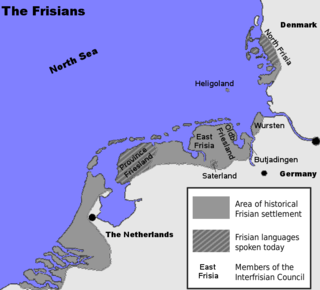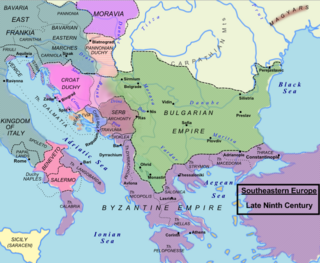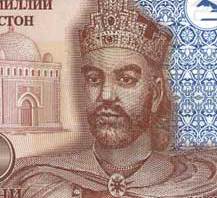
Year 821 (DCCCXXI) was a common year starting on Tuesday of the Julian calendar.
The 800s decade ran from January 1, 800, to December 31, 809.
Year 800 (DCCC) was a leap year starting on Wednesday of the Julian calendar, the 800th year of the Common Era (CE) and Anno Domini (AD) designations, the 800th year of the 1st millennium, the 100th and last year of the 8th century, and the 1st year of the 800s decade. It was around this time that the Anno Domini calendar era became the prevalent method in Europe for naming years, so from this time on, the years began to be known as 800 and onwards.
The 810s decade ran from January 1, 810, to December 31, 819.
The 820s decade ran from January 1, 820, to December 31, 829.
The 830s decade ran from January 1, 830, to December 31, 839.
The 840s decade ran from January 1, 840, to December 31, 849.
The 870s decade ran from January 1, 870, to December 31, 879.
The 780s decade ran from January 1, 780, to December 31, 789.

Year 814 (DCCCXIV) was a common year starting on Sunday of the Julian calendar, the 814th year of the Common Era (CE) and Anno Domini (AD) designations, the 814th year of the 1st millennium, the 14th year of the 9th century, and the 5th year of the 810s decade.
The 900s decade ran from January 1, 900, to December 31, 909.
The 960s decade ran from January 1, 960, to December 31, 969.

Year 811 (DCCCXI) was a common year starting on Wednesday of the Julian calendar, the 811th year of the Common Era (CE) and Anno Domini (AD) designations, the 811th year of the 1st millennium, the 11th year of the 9th century, and the 2nd year of the 810s decade.

Year 810 (DCCCX) was a common year starting on Tuesday of the Julian calendar.

Year 782 (DCCLXXXII) was a common year starting on Tuesday of the Julian calendar, the 782nd year of the Common Era (CE) and Anno Domini (AD) designations, the 782nd year of the 1st millennium, the 82nd year of the 8th century, and the 3rd year of the 780s decade. The denomination 782 for this year has been used since the early medieval period, when the Anno Domini calendar era became the prevalent method in Europe for naming years.

Year 785 (DCCLXXXV) was a common year starting on Saturday of the Julian calendar. The article denomination 785 for this year has been used since the early medieval period, when the Anno Domini calendar era became the prevalent method in Europe for naming years. It is still used today in this manner.

Year 820 (DCCCXX) was a leap year starting on Sunday of the Julian calendar.

Year 830 (DCCCXXX) was a common year starting on Saturday of the Julian calendar.

Year 836 (DCCCXXXVI) was a leap year starting on Saturday of the Julian calendar, the 836th year of the Common Era (CE) and Anno Domini (AD) designations, the 836th year of the 1st millennium, the 36th year of the 9th century, and the 7th year of the 830s decade.

Year 892 (DCCCXCII) was a leap year starting on Saturday of the Julian calendar, the 892nd year of the Common Era (CE) and Anno Domini (AD) designations, the 892nd year of the 1st millennium, the 92nd year of the 9th century, and the 3rd year of the 890s decade.










